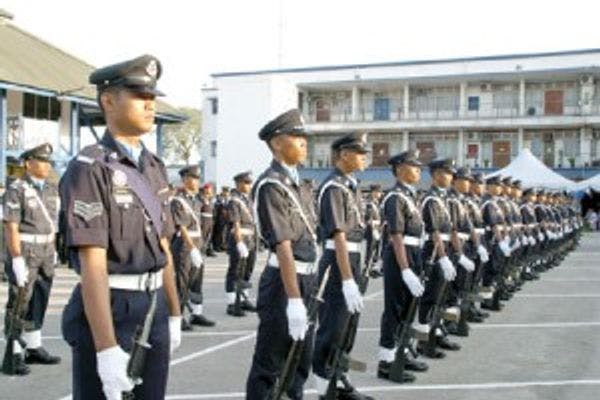Why ASEAN’s drug-free dream is failing
Opening a meeting of the Association of Southeast Asian Nations (ASEAN) on the region’s drug control policy on 24 August 2015, Singapore’s Second Minister for Home Affairs and Foreign Affairs urged his counterparts to continue the fight against drugs to achieve a drug-free region—the vision of ASEAN’s drug strategy since 1998.
The drastic increases in drug seizures over recent years, particularly methamphetamine pills and crystalline methamphetamine (commonly known in Australia as ‘ice’) combined with the fact that Southeast Asia is the largest market for amphetamine-type stimulants (ATS) in the world, makes the pursuit of a drug-free ASEAN seem futile and absurd.
Such absurdity could perhaps be dismissed if it did not result in extensive human rights abuses and violations committed in the name of drug control. These range from compulsory detention and denial of life-saving health services for people who use drugs, to deprivation of livelihoods for subsistence farmers engaged in illicit opium cultivation, to severely disproportionate penalties including the execution of people involved in trafficking drugs. But sadly it happens. Such absurdity might even be tolerated if the strategies adopted in striving to eradicate the region of drugs were remotely achievable. But with continuously expanding and diversifying drug markets in the region, they are not.
Click here to read the full article.
Keep up-to-date with drug policy developments by subscribing to the IDPC Monthly Alert.
Related Profiles
- International Drug Policy Consortium (IDPC)
